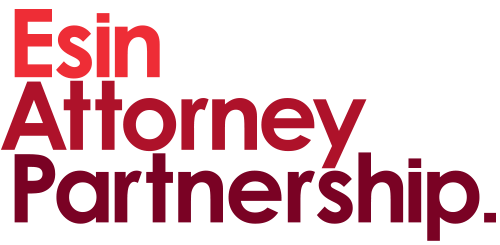Recent Development
As previously reported in our Legal Alert dated November 9, 2021, the Capital Markets Board (“CMB“) submitted the Draft Guidelines on Green Debt Instruments and Green Lease Certificates (tr. Sukuk) (“Draft Guidelines“), drafted to regulate the principles regarding green debt instruments and lease certificates (“Green Debt Instruments”) to be issued to finance investments that will contribute to sustainability for public opinion on November 3, 2021.
Following the public opinion process, the Guidelines on Green Debt Instruments, Sustainable Debt Instruments, Green Lease Certificates and Sustainable Lease Certificates (“Guidelines“) was accepted and published with the CMB’s Principle Decision dated February 24, 2022.
What Does the Guidelines Say?
The Guidelines define the green debt instruments and sustainable debt instruments.
Green debt instruments are debt instruments, traded or not, whose proceeds will be used exclusively in financing or refinancing, partly or wholly, eligible green projects.
Sustainable debt instruments are debt instruments, traded or not, whose proceeds will be used in financing or refinancing, partly or wholly, projects with environmental and social positive effects.
The Guidelines set forth that the same principles will apply to all of these debt instruments.
The Guidelines also set forth the conditions for debt instruments to be considered to be captured under the Guidelines:
- The issuer will need to confirm in the framework document that the issuance will be carried out in accordance with the principles set out in the Guidelines.
- The proceeds must be used for financing green projects, as set out in the framework document.
- The issuer will need to receive a second party opinion by an external evaluation firm confirming that the issuance is in compliance with the Guidelines.
Framework Document
- With the framework document, the issuer’s board of directors will resolve that the debt instruments to be issued comply with the requirements of the Guidelines, and will determine the use of proceeds and the necessary procedures related to these instruments.
- The framework document will also be used to disclose the issuer’s sustainability strategies, the taxonomies used in the selection of projects and the issuer’s certificates to the public.
- The appendices of the Guidelines also include a template to prepare the framework document.
Main Components
- Use of Proceeds
Funds raised from the issuance of debt instruments will need to be used for green or sustainable projects. If possible, the environmental benefits of these projects will need to be disclosed to the public in the framework document in a quantifiable manner.
- Project Evaluation and Selection Process
Issuers must disclose the methods to determine how their project falls into the category of the determined eligible project; the qualitative and quantitative impact criteria showing the contribution made to the eligible projects; and the processes regarding the determination and management of the possible environmental and social risks these projects pose in the framework document.
- Management of Proceeds
The net funds obtained from the issuance of debt instruments will need to be managed by opening separate and special accounts and ensuring the accuracy of their records.
As long as these instruments are in circulation, these funds will be used for eligible projects to be realized in the relevant period. The issuers will announce their planned use of proceeds to the public via the framework document.
- Disclosure
According to the Guidelines, the following must be disclosed to the public in accordance with the CMB’s rules on public disclosures: framework document; second party opinion that the framework document is compliant with the components of the Guidelines; issuance document or prospectus regarding the issuance ceiling; the proceeds utilization report; and impact report containing up-to-date information and important developments regarding the use of proceeds. If the issuer is a member of the Public Disclosure Platform (“PDP”), these reports must also be disclosed to the public on the PDP and on the issuer’s website.It will be important to disclose the estimated or realized benefits of the projects and to use qualitative and quantitative performance indicators for these disclosures. Issuers will be able to benefit from templates provided by international standards for their impact disclosures. The Guidelines also recommend that an external evaluation body review and evaluate the impact report.
Global Standards
The Draft Guidelines were based on the Green Bond Principles of the International Capital Markets Association, which is one of the global standards in the field of green bonds. The Guidelines aim to comply with global standards by referring to the United Nations Sustainable Development Goals and the Paris Climate Agreement.
External Review
The Guidelines expect organizations providing external evaluation services to comply with ethical and professional principles such as honesty and integrity, objectivity, professional competence and due care and confidentiality. In addition, the Guidelines list professional standards and industry codes regarding assurance services offered in the issuance of green debt instruments, and demands compliance with these codes.
The Guidelines set the standards for external evaluation services by regulating the minimum information that should be included in the reports to be prepared within the scope of an external evaluation.
Issuance Procedure
A separate issuance ceiling must be obtained from the CMB for domestic and foreign issuances to be made within the scope of the Guidelines.
For foreign issuances, the issuer will be able to use the same framework document and its second party opinion in different issue ceiling applications, provided that it is used to finance projects based on the same environmental objectives.
Conclusion
With the Guidelines, the CMB takes another step towards sustainability, and aims to make Turkish issuances compliant with global standards by introducing green and sustainable debt instruments.




